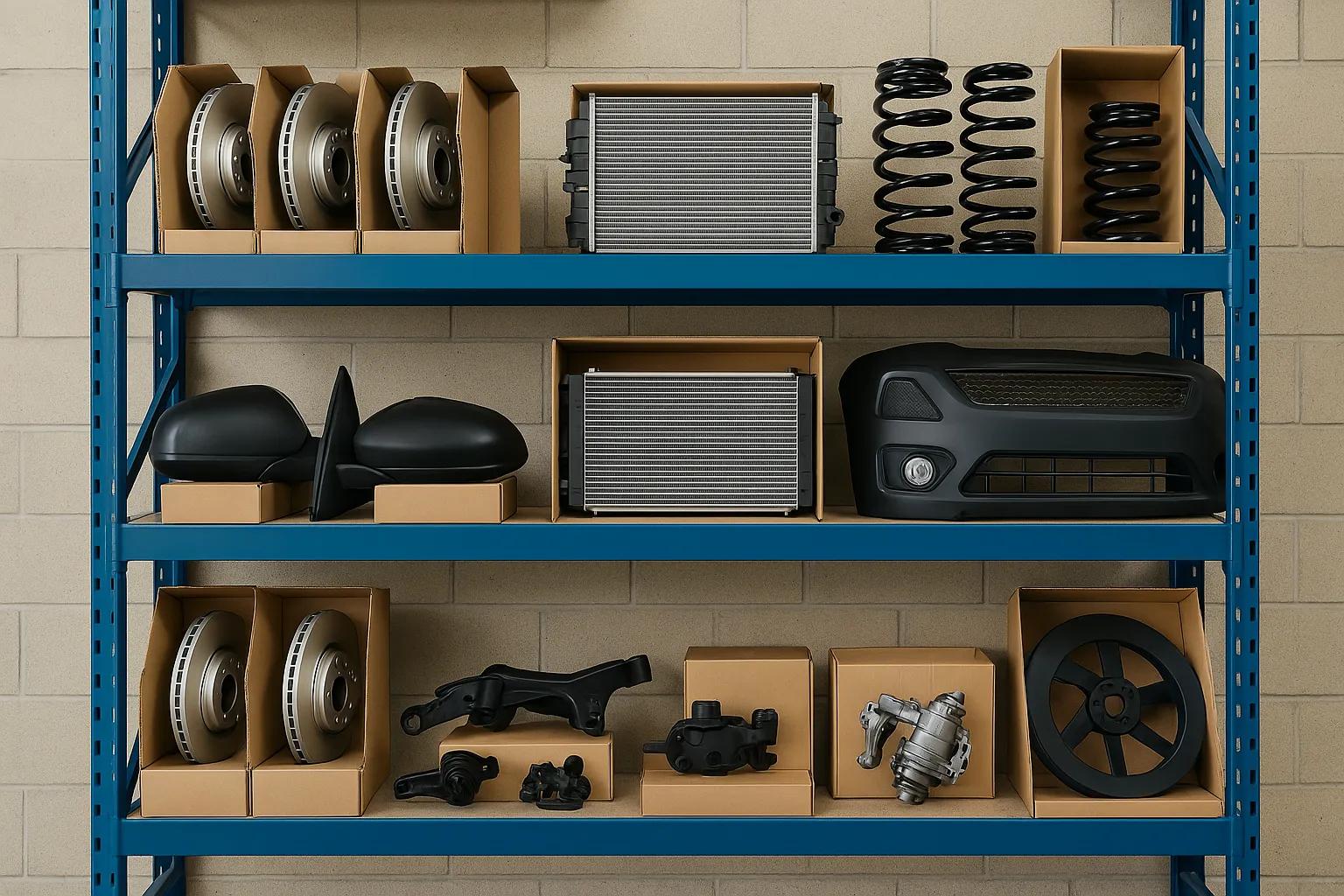 Miya Bholat
Miya Bholat
May 06, 2025
How Tariffs on Foreign Imports Affect Fleet Management—and How Software Can Help

Tariffs are more than just political headlines—they directly influence the bottom line for fleet operations across the U.S. For fleet managers juggling the cost of vehicles, parts, and maintenance, recent tariffs on imports adds new layers of costs and complexity.
But here is the good news: modern fleet maintenance software can be a powerful tool to help offset the operational impact of tariffs and prepare your fleet and organization for the foreseeable future.
Why Tariffs Matter to Fleet Managers
A tariff is defined as a tax imposed by a government on imported goods. Whether we agree or disagree with the use of tariffs, their impact in unavoidable. When the U.S. places tariffs on vehicles, auto parts, or fuel from overseas, the cost of those goods often increases.
This has a ripple effect across industries—but especially in fleet management, where operations depend heavily on consistent access to affordable parts and supplies. Not to mention those businesses who typically purchase vehicles sourced from other countries, now face steep cost increases and will need to either purchase domestic vehicles or consider extending the usage of their current vehicles.
Fleet maintenance software is a powerful tool to help you get the most out of your vehicles It provides visibility into inventory levels, which parts used for maintenance, and automation to help managers stay agile amid rising costs.
How Fleet Maintenance Software Helps
Fleet maintenance software like AUTOsist can track and log your fleet vehicle’s maintenance and expense lifecycle, providing insights into total cost of ownership. This allows fleet managers to make data-backed decisions on whether to replace or extend a vehicle’s service life.
Forecast long-term costs more accurately.
Use utilization data to redistribute underused assets instead of making costly purchases.
Impact of Tariffs on Parts and Fleet Maintenance
Tariffs on imported parts increase the cost of essentials like filters, brake pads, and sensors. Delays in the supply chain can also mean more downtime for vehicles awaiting parts.
By using fleet maintenance software with inventory management features fleet managers can take control of their inventory and maintenance planning. The most obvious place to start is with inventory tracking—know what part is in stock, where it’s located, and when to reorder. You can event set the system to send you notifications when stock is low so you never forget a part.
Creating a preventive fleet maintenance plan is another solution to help control your inventory levels and increase vehicle uptime. With AUTOsist, you can customize preventive maintenance schedules to each type of vehicle and plan ahead. This enables you to reduce unplanned maintenance and repairs by catching issues early, which also helps to stay on track for your parts usage and inventory levels.
Tips for Fleet Managers Navigating Tariffs
While tariffs are largely outside your control, planning now and tracking vital fleet and inventory information via fleet maintenance software can empower you to respond effectively.
1. Leverage Data to Extend Vehicle Lifecycles
Use insights from your software to identify vehicles that can safely stay on the road longer, delaying capital expenses during times of inflated prices.
2. Improve Repair Turnaround with Smart Maintenance Scheduling
Software automates maintenance reminders and repair scheduling, helping you minimize downtime—even when parts are delayed.
3. Streamline Parts Procurement
Track usage trends and vendor performance to build smarter purchasing strategies. Centralized parts inventory also avoids unnecessary duplication and waste.
4. Plan For Potential Inventory Cushion
Using fleet maintenance software, you can track your historical inventory usage over a period of time, say for the last 12-18 months, and decide how many parts you needed for repairs and maintenance. You could then decide to purchase a larger supply of these parts now to cover you for the remainder of the year.
5. Create Contingency Plans
Using the reporting capabilities in fleet software, you can determine your current costs and the impact of future tariff increases, allowing you to answer with certainty how much a 10% tariff on products would impact your inventory costs and adjust operations accordingly.
Remain Flexible and Be Proactive
In a tariff-impacted environment, flexibility and foresight are essential for successful fleet operations. Fleet maintenance software gives managers the tools to stay agile, reduce operational costs, and respond quickly to shifting market and policy conditions.
Nobody knows with certainty how long tariffs will be in place, or what the lasting impact will be on prices. Yet, you can take the necessary steps now to put processes in place that will have you prepared for the long haul and keep your fleet operating at its fullest potential and profitability.